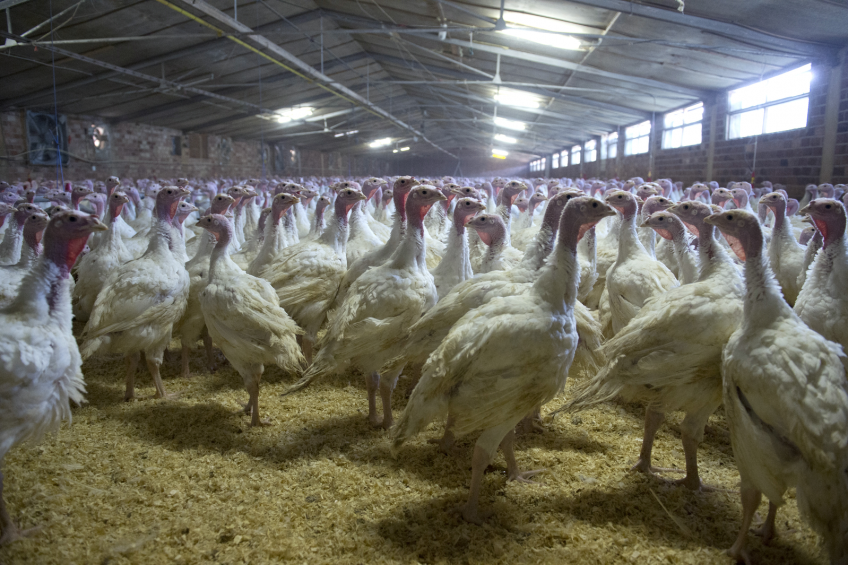Poor biosecurity in US ‘has helped spread bird flu’

Poor biosecurity and airborne infection have played a key role in the spread of high pathogenic avian influenza in the US this year, a report from the country’s Animal and Plant Health Inspection Service (Aphis) has suggested.
Aphis has so far reported 222 cases of avian influenza affecting more than 47 million birds in the US – mostly laying hens and farmed turkeys – since the crisis began last December. It has also just completed a preliminary epidemiological report. “After conducting investigations on over 80 commercial poultry farms, Aphis analysis indicates that there are likely several ways the virus could be transmitted, including lapses in biosecurity practices and environmental factors,” said a statement.
Wild birds responsible for introducing HPAI
While scientists are confident wild birds were responsible for introducing HPAI into commercial poultry, “it appears the virus was spreading in other ways. Although Aphis cannot at present point to a single statistically significant pathway for the current spread of HPAI, a likely cause of some virus transmission is insufficient application of recommended biosecurity practices,” said the agency.
In particular it points to:
- Sharing of equipment between infected and non-infected farms
- Employees moving between infected and non-infected farms
- Lack of cleaning and disinfection of vehicles moving between farms
- Reports of rodents or small wild birds inside the poultry houses
Analysis by Aphis also found that air samples collected outside infected poultry houses contained virus particles, indicating that the virus could be transmitted by air.
Relationship between high winds and increase in infected farms
“Preliminary analysis of wind data shows a relationship between sustained high winds and an increase in the number of infected farms approximately five days later,” said the statement. “Aphis is conducting additional analyses to better characterise environmental factors that may contribute to virus spread.”
The report noted that the US department of agriculture was collaborating with affected States and the industry to implement more stringent biosecurity measures.
Source: Farmers Weekly













